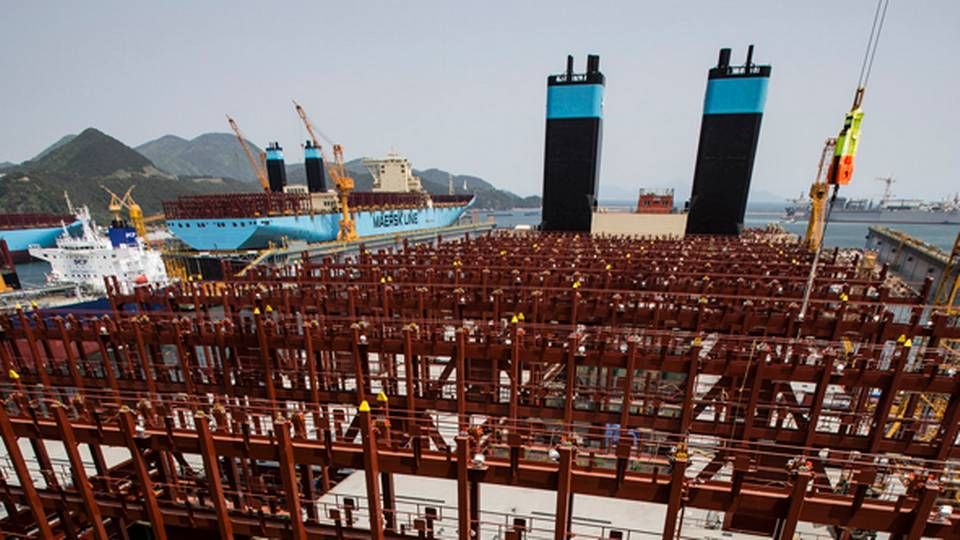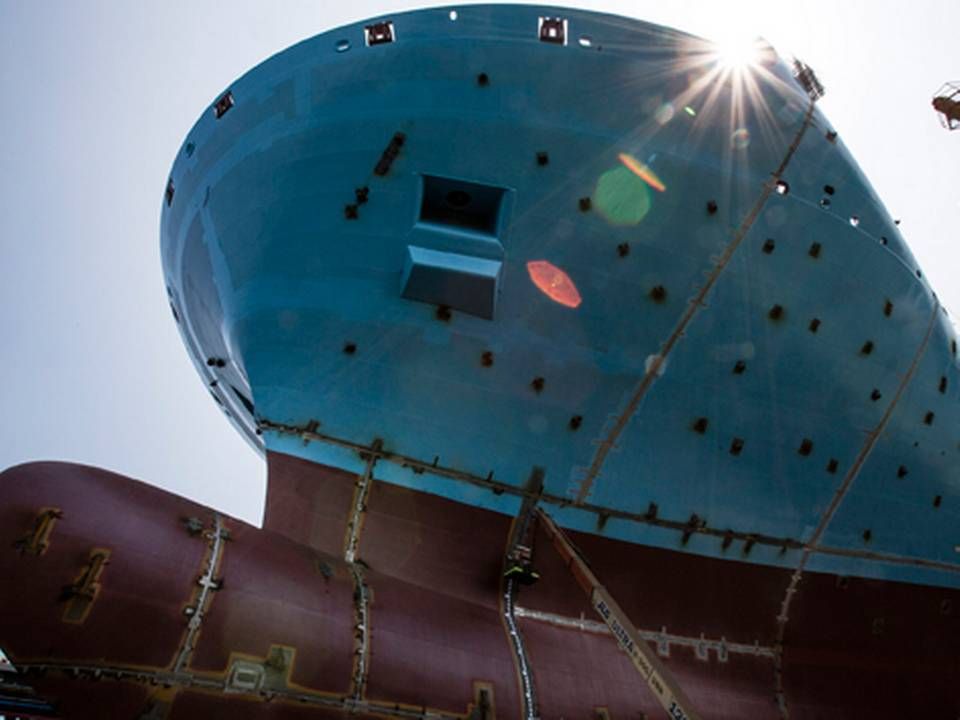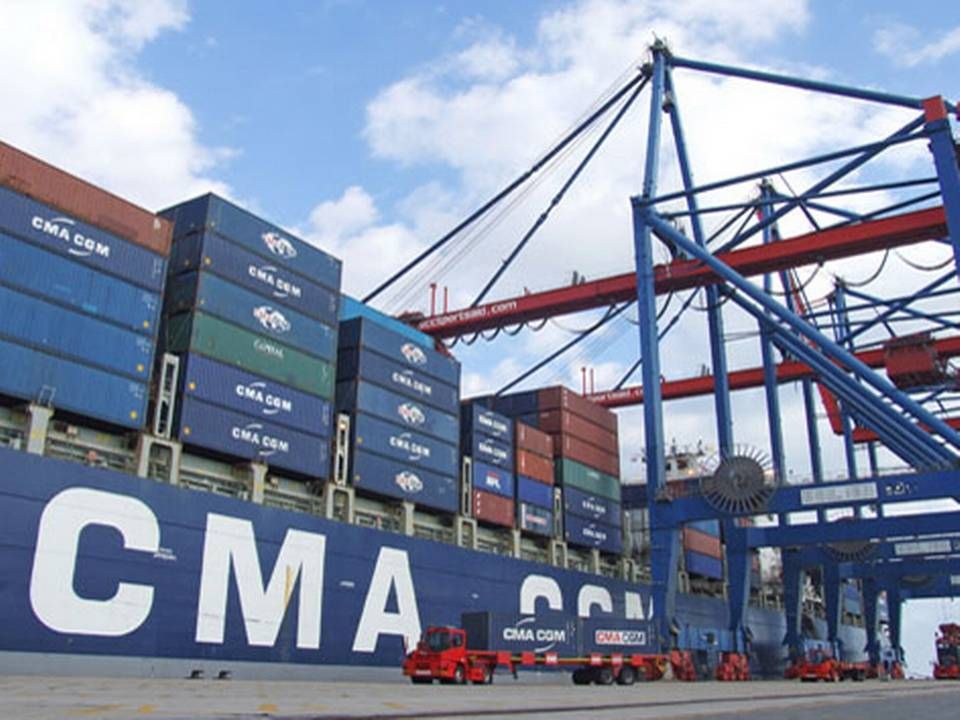Alphaliner: Maersk pays a high price to be first mover

The introduction of Maersk Line's new Triple-E series, the first of which will be delivered in June, marks a new chapter in the container industry. But the Danish shipping company pays a high price for the ships' innovative design and for being first movers, just as history shows that innovation seldom pays off in global container liner traffic, concludes Alphaliner in a review of several attempts at innovation in the industry, attempts that wound up failing.
Innovation among container carriers consists almost exclusively of building bigger and bigger ships in the pursuit of lower costs per unit. And the widespread lack of innovation in the container industry makes it difficult for the individual companies to distance themselves from the competition.
In the last ten years, there have been several attempts at creating new developments in the industry, for instance online freight bookings, direct long haul services to secondary ports, and the use of 53-foot containers on international routes. All of them failed, writes Alphaliner:
"The lack of any major breakthrough innovation and the absence of rewards for carriers that introduce them make it difficult for carriers to differentiate their services and products, resulting in price competition as the primary means to gain market share."
Maersk Line's Triple-E on display
Alphaliner points to Maersk Line's "Daily Maersk," which was introduced in 2011, as another attempt at innovation that failed. The concept has already been downgraded from seven to five weekly sailings between the Far East and Northern Europe, say the analysts.
Maersk is also paying a high cash price for the new Triple-E ships, with a capacity of 18,275 teu. The ships were contracted in 2011 in Korea at USD 190 million a piece. Recently, shipping company CSCL ordered ships slightly bigger than Triple-E, of 18,400 teu, at a price of USD 136.6 a piece.
Though the CSCL ships only have one engine, while Triple-E has two, the price is 28 percent less than what Maersk is paying.
Alphaliner concludes that, in spite of several attempts at being innovative, and developing new concepts such as Daily Maersk, customers aren't willing to pay for these new initiatives. And the analysts point out that container rates have gone down by more than 20 percent over the last 15 years.
Triple-E faces first real test
Alphaliner: Rate war is real now, and it'll get worse
Related articles
Maersk Line's Triple-E on display
For subscribers
Triple-E faces first real test
For subscribers





















